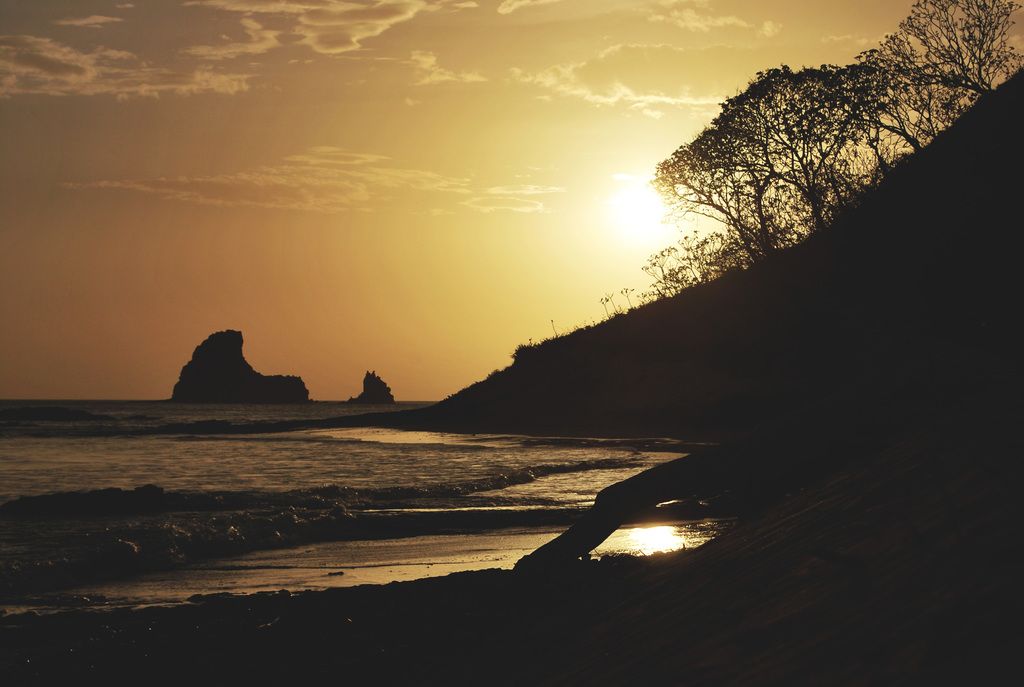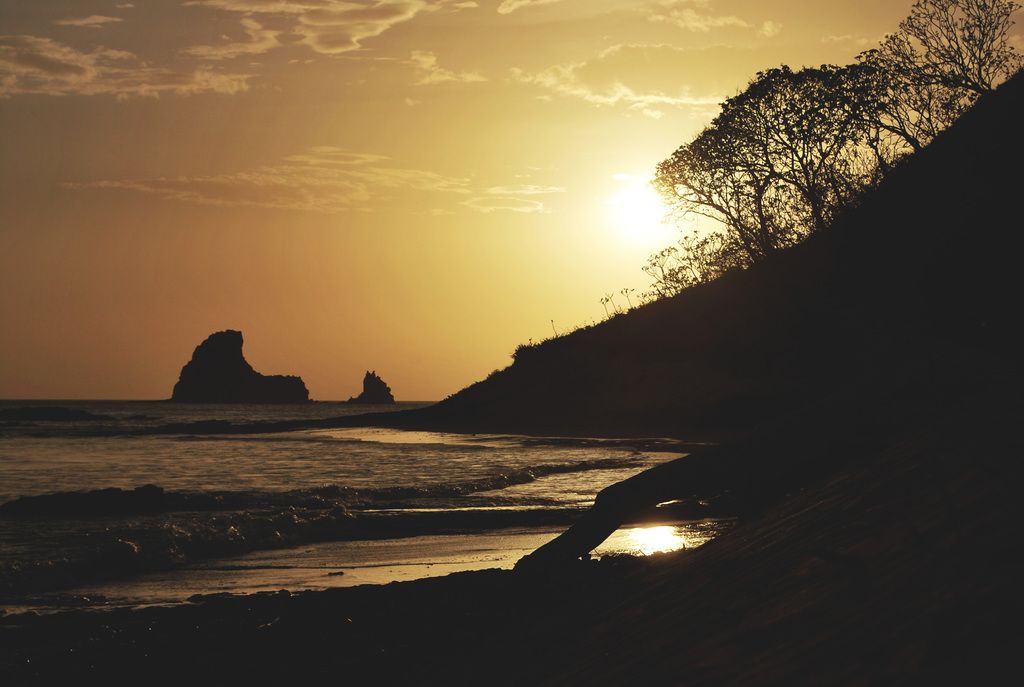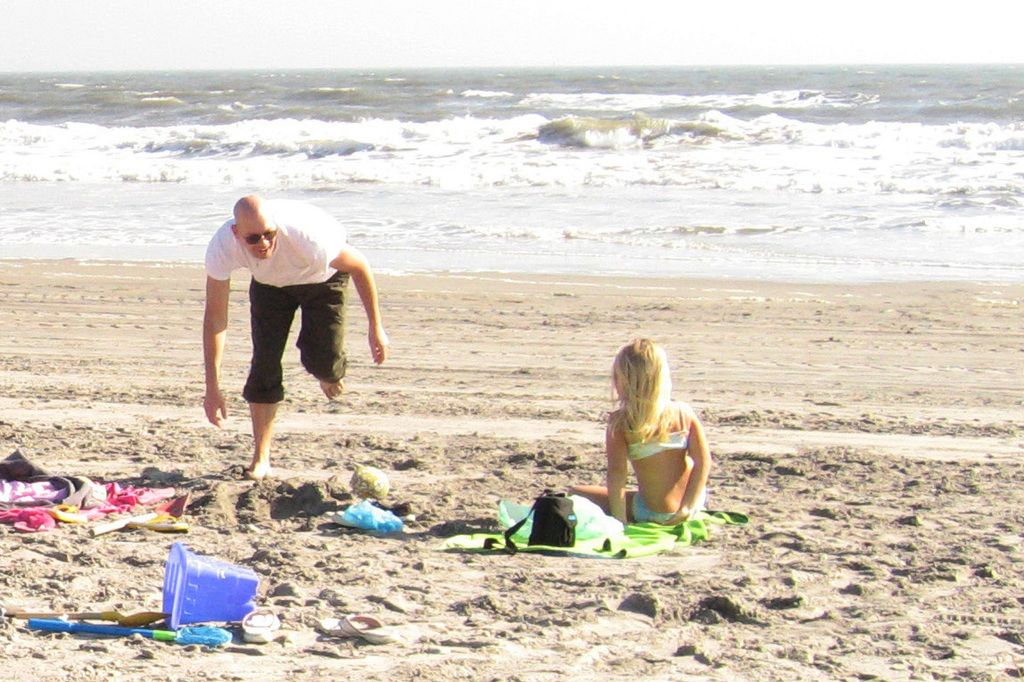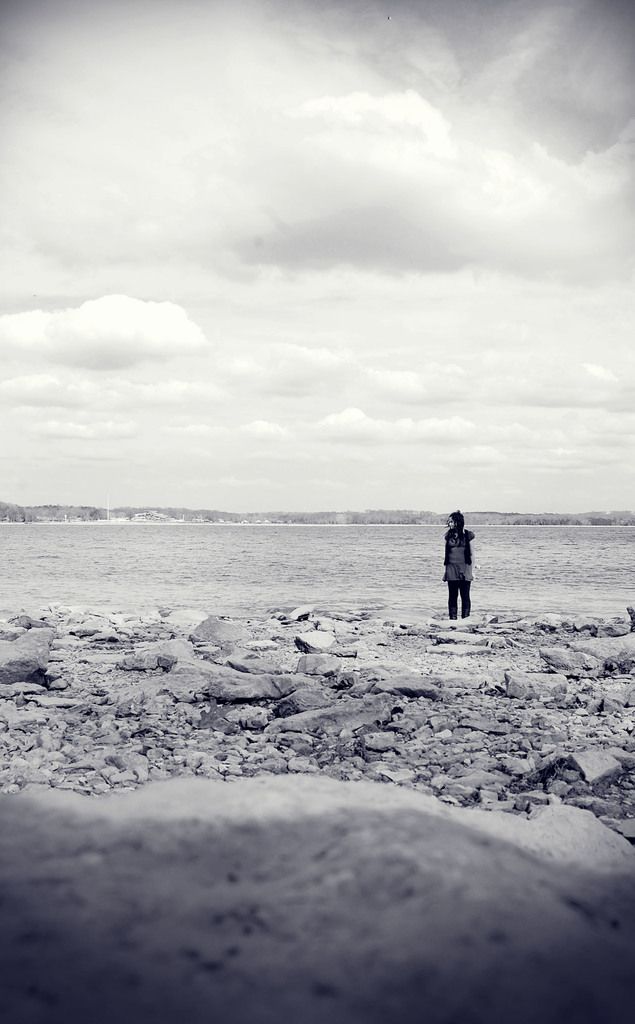Tips for Defecating in Wilderness (Camping, Hiking, or Backpacking)
"Here. This is it."
Your heart races. You're smack dab in the middle of nowhere, far from a restroom, and it's about to explode like a volcano.
There's no restroom. just trees, soil, and the unsettling feeling that you need to flee this path before things get messy.
HOPEFULLY your backcountry bathroom break won't be this urgently-necessary, but either way, you need to know how to do it right.
This guide shows you the lowdown on how to take a dump in the wild. No stress. No mess. Just straightforward steps to keep you clean and prevent any environmental disaster.
10 Easy Steps for How to Poop in the Wild (The Proper Way)
1. Face Reality
Pooping in the wilderness may feel awkward at first, but your body couldn't care less where you are-it just knows when it's showtime.
Holding it in only makes things worse: discomfort, distraction, and rushed, haphazard poop holes.
If you feel the inevitable, don't waste time. Find your spot pronto and get digging. Giving yourself time makes the whole process cleaner, easier, and way less stressful.
The mental aspect matters too. If you're hesitating, remind yourself: humans have been doing this for eons. Toilets are a relatively new invention-taking a dump outdoors is not.
So pull up your big-boy pants. Embrace the dirt. And enjoy the view.
2. Learn the Rules
Before you venture into the wild, get familiar with Leave No Trace. These principles help you take a dump outdoors without trashing the land or ruining someone else's trip. Here's the skinny:
- Smart Catholes: Cat holes should be at least 200 feet from water, trails, and campsites.
- Toilet paper rules: In some places, you can bury it. In others, you'll need to pack it out in a sealed bag.
- Don't leave anything behind: Used tampons, pads, and wet wipes should never be left behind-no exceptions.
- Desert or tight canyon: No cat holes allowed. Use a waste bag and pack it all out.
- On big rivers: Pee directly into the water to avoid overloading the shoreline. Flowing water dilutes it.
- Research: Some parks and high-use areas require you to pack out all solid waste. Bring WAG bags or a portable toilet if needed.
Knowing the rules ahead of time means no surprises-and no damage to the places you love.
3. Make Your Poop Kit
Before you head into the wilderness, make sure you've got the necessities. What you bring depends on how you plan to deal with your waste, but here's the dealio:
- Toilet paper or natural alternatives: TP is the go-to, but leaves, smooth rocks, and occasional snow can work in a pinch.
- Sealable plastic bag or WAG bag: Need to pack it out? You'll likely need a sturdy zip-top bag or a WAG bag to keep things containable.
- Trowel: A small, lightweight digging tool like The Deuce makes digging a proper cat hole a breeze.
- Hand sanitizer or biodegradable soap: Clean hands are a must. Keep your sanitizer outside your poop kit bag so you don't have to touch anything before cleaning up. Sanitize before you open the bag, do your business, put everything back in, then sanitize again. It keeps your gear-and you-clean.
- For women: Kula Cloth: This reusable pee cloth is antimicrobial, machine washable, and honestly makes outdoor peeing way more comfortable. I never hike without mine.
Being prepared makes the whole process smoother, safer, and a lot less gross.
4. Find Your Spot
Where you choose to squat matters-for your peace of mind and for protecting the land. Here are the key factors to consider:
- Stay at least 200 feet from water, trails, and campsites.
- Look for rich, loose soil and a sunny spot to help waste break down faster.
- Choose a spot with some cover-underbrush or trees-for privacy.
- Make sure it's on higher ground, away from areas that collect water during rain.
- In busy areas, avoid obvious spots that could turn into a shared toilet zone.
- For groups or longer stays, consider digging a shared latrine-if local rules allow. It's more efficient and keeps the area cleaner.
A little planning goes a long way in keeping your poop out of sight, out of water, and out of everyone's way.
5. Dig the Perfect Cat Hole
Once you've found your spot and have your supplies ready, it's time to dig. This step is key to keeping waste out of water, speeding up decomposition, and leaving no trace.
Use a trowel or digging tool to make a hole about 4-6 inches wide and 6-8 inches deep. That's deep enough to bury your waste and protect it from animals and rain.
If the ground's too rocky or hard to dig, try using a flat rock as your base, doing your business underneath, and putting the rock back when you're done.
In places where digging isn't allowed-or just isn't possible-pack everything out using a WAG bag or similar system. That includes your waste and used toilet paper.
6. Assume the Position
With your cat hole ready, it's time to get down to business. There's no one-size-fits-all approach, but here are a few tried-and-true positions:
- The Squat: Classic move. Back straight, legs shoulder-width apart, pants down past your knees, and squat low.
- The Throne: Find a tree on a slight slope. Lean your back against it, feet firmly planted, and squat with your thighs parallel to the ground.
- The Tripod: Grip a skinny but sturdy tree trunk, squat back, and use your arms for balance.
- The Assist: Sit on the edge of a downed log or stump, rear hanging off. Just make sure it's stable-and that your cat hole is right below or behind you.
Test your position before you commit. Stability matters more than style.
7. Clean Up
Once you've done your business, it's time to get squeaky clean. Doing it right keeps you comfortable and protects the land. Here are the options:
- Toilet Paper: Use only what you need. Bury it in your cat hole-but in many places, you'll need to pack it out in a sealable plastic bag.
- Natural Materials: Leaves, smooth stones, and snow can all work. Pick your item before you go, so you're not scrambling mid-squat.
- Wet Wipes: They don't decompose, so always pack them out-along with any menstrual products or other hygiene items.
- Backcountry Bidet: A small water bottle works great for a rinse. Use it to clean up without leaving a trace.
Whatever you choose, have your cleanup items ready before you start. It'll make the whole process easier-and cleaner.
8. Cover It Up
Once you're cleaned up, it's time to finish the job. Leave the spot looking pristine:
- Fill your cat hole with the original dirt until it's level with the ground.
- Press it down firmly with your boot.
- Cover the area with leaves, pine needles, or whatever natural material is nearby to disguise it.
- Sanitize your hands well-either with hand sanitizer or biodegradable soap and water.
Take a final look. If you can't tell where you pooped, you've done it right.
9. Practice Good Backcountry Hygiene
Good hygiene keeps you healthy-and helps protect the environment. Here's how to stay clean out there:
- Always sanitize after using the bathroom. Bring hand sanitizer or biodegradable soap and water.
- Wash your hands at least once a day when backpacking, especially before eating.
- Dump dirty water on bare soil, not on plants or lichen-covered rocks.
- Pack a small towel that dries fast-it's handy for drying hands or cleaning up after a long day.
A few simple habits go a long way in keeping you (and the backcountry) in good shape.
10. Be Prepared for Special Circumstances
Sometimes, pooping in the wilderness isn't simple. Here are a few things to keep in mind:
- Packing Out Waste: In some areas, you'll need to pack out your poop using a WAG bag or portable toilet system. Always follow local rules. Never toss used waste bags into pit toilets-pack them out and throw them in a proper trash bin or human waste drop-off.
- Period Products: No matter where you are, all menstrual supplies must be packed out. Use a sealable bag and store it with your hygiene kit.
- Middle-of-the-Night Bathroom Runs: If you need to go at night, use a pee bottle (and a pee funnel if it helps). Keep it outside the tent after use and empty it in the morning-away from water and campsites.
Being prepared for these situations means less stress-and no surprises when nature calls at inconvenient times.
Why Follow These Steps?
Following these steps helps keep wild places clean, healthy, and safe-for everyone who visits after you. It's not just about your own comfort. Responsible waste disposal protects water sources, limits the spread of disease, and keeps others from stumbling upon your less-than-pleasant surprise.
In sensitive environments-like alpine areas, deserts, or narrow river canyons-your impact matters even more. These places can't break down waste easily, and small mistakes can cause lasting damage.
By doing things the right way, you help protect the outdoors for future visitors-and preserve the wildness of the places you love.
- In the heart of the wilderness, the call of nature may come unexpectedly, so it's crucial to know how to take a dump in the wild properly.
- Proper outdoor bathroom etiquette is vital for maintaining the pristine beauty of nature and preventing environmental disasters.
- Your backpacking gear should include essentials for a clean, respectful, and safe outdoor bathroom break, like a trowel, toilet paper, and hand sanitizer.
- Adhering to the Leave No Trace principles, such as burying waste at least 200 feet from water sources and trails, will ensure outdoor-living enthusiasts can enjoy nature's splendor without leaving a trace of their presence.
- The lifestyle of outdoor-loving adventurers demands proper planning and awareness of their ecological footprint, ensuring they leave the trails as they found them, maintaining harmony between home-and-garden and the wild.




